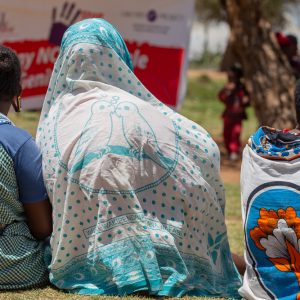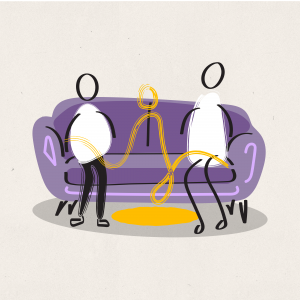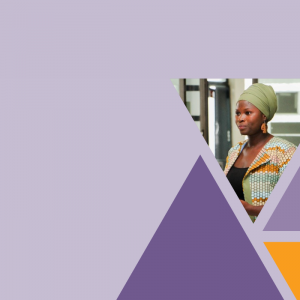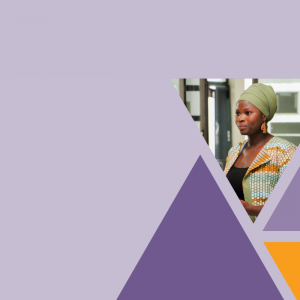In June 2014, the article below appeared in The Local – an online newspaper that provides Swedish News in English. At the time, we noted that we could not substantiate claims since we had not seen the study. Since then, a new article has been published that clarified some details, including that:
“The paper reported that 60 mutilated girls had been discovered at a school, and that 30 of them were in the same class. But new accounts revealed that the girls were not in one class, but rather in a temporary working group put together for the purpose of the study.”
The story went viral and was published in media outlets as in places as varied as New Zealand, USA and India. However, as the true premises of the story became known it quickly lost attention and media sources were scarce to inform of their flaws in investigation. The 30 girls in the same class were in fact undertaking a course in human and children’s rights, as a part of an introduction to the Swedish system. They were not in the same school class nor had they undergone the procedure in Sweden, as some papers alleged. FGC is a serious violation of human and children’s rights and does not need false news stories to be looked upon as a serious issue. The fact that 60 girls are found to have undergone FGC in Norrköping is in itself important and one does not need to amend the truth to make it shocking.
Please see the article below
Female genital mutilation exposed in Swedish class
Some 60 cases of genital mutilation have been discovered in Norrköping in eastern Sweden since March with all 30 girls in one school class found to have undergone the procedure.
Of the 30, some 28 of the girls were found to have been subjected to the most severe form of genital mutilation, when the clitoris and labia are completely cut away and the genital area sewn together except for a small opening.
The abuse was discovered by the school health services, according to a report by Norrköpings Tidningar. Additional resources have been provided by the local social services to help the girls.
Female genital mutilation has been illegal in Sweden since 1982 and can be punished with up to four years in prison. If the offence is considered to be aggravated then the penalty can be up to ten years.
Since 1999 it is also an offence under Swedish law if the procedure is performed in a different country.
When school breaks up for the summer holidays the risk of being exposed to the surgery increases for many Swedish girls due to the prospect of visits to their parents’ home countries.
“We’re working to inform parents that they could face prison if they come back and their children have undergone female genital mutilation,” said Petra Blom Andersson, student health coordinator in Norrköping, to the newspaper.
Most girls who undergo the procedure are between the ages of 4-14 years, but the operation is also carried out on infants. Teenagers typically suffer a wide range of complications including period pains and headaches and for some it can be very painful to urinate.
There are no established figures detailing the extent of the female genital mutilation in Sweden, or of how many girls are brought to their parents’ countries of origin to get it done.
At Orchid, we believe that raising awareness about the scale and impact of female genital cutting carries with it the responsibility of now helping all of those who have gone through the practice so that they can access the care and support they need. An example of such care is the Swedish Initiative that provides reconstructive surgery after FGC. The Swedish Initiative uses a holistic approach to meet the needs of women living with the consequences of FGC. This includes specially trained plastic surgeons, urologists, midwifes, gynecologists, psychologists and sexologists.
Everyone needs to educate themselves about this practice so that we can work to recognize when it happens, understand more about it and all work together to end it.






